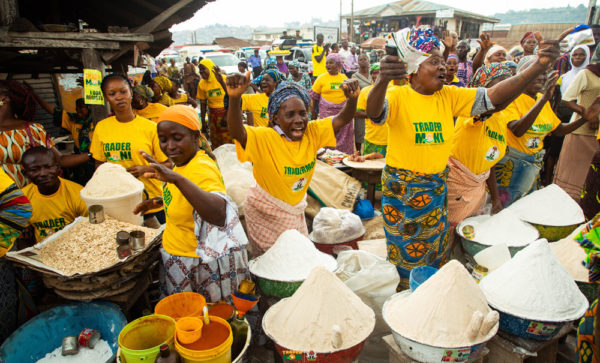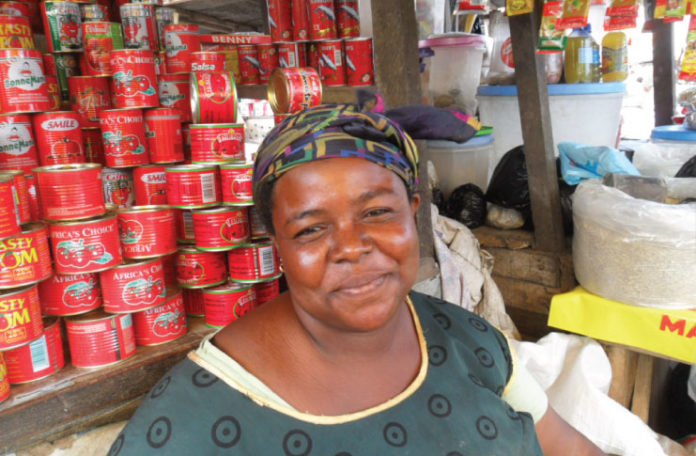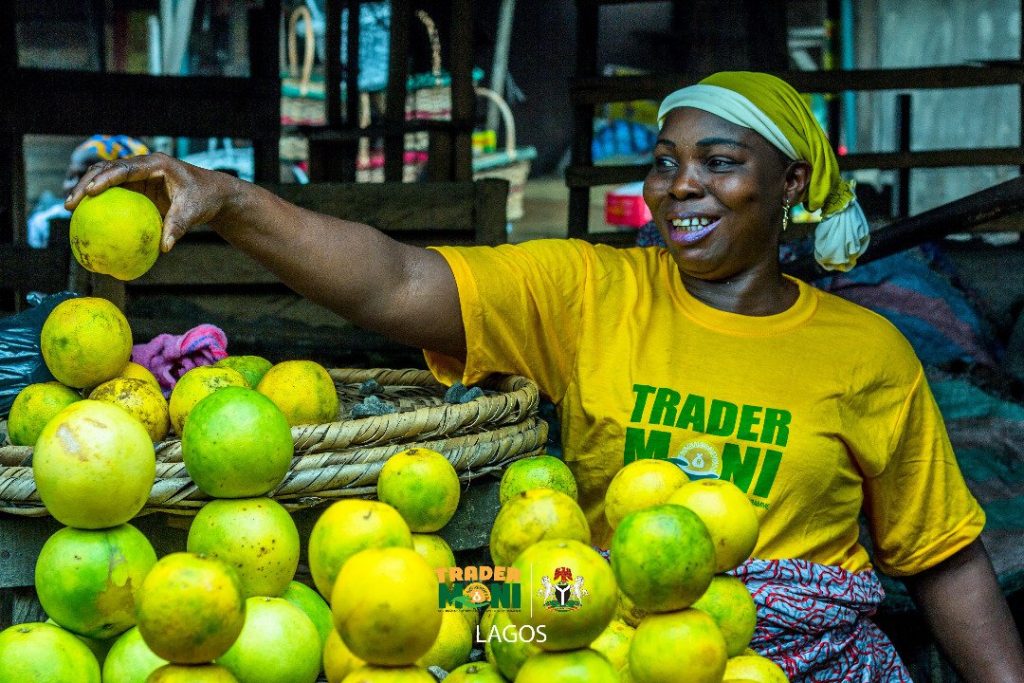Constraints Faced by Women Addressed
Constraints Faced by Women Are Addressed in the Design of the Three Results Areas That Support the Government Interventions

Just under half of working women in Nigeria are self‐employed entrepreneurs. This sector is likely to be particularly hard hit by social distancing policies which limit person‐to‐person interactions to slow the spread of COVID‐19. Relative to men, women in self‐employment and businesses in Nigeria tend to concentrate in both lower‐profit sectors and lower profit positions within sectors. The agricultural productivity gap is large between men‐ and women‐managed farms in Nigeria. Access to fertilizer, labor inputs, and crop choice are critical factors contributing to the gap. COVID‐19 is likely to exacerbate women’s burden of care responsibilities at the expense of income‐generating activities. Emerging global data also shows that gender‐based violence (GBV) and intimate partner violence (IPV) have intensified during the pandemic. Restricted movements, confined living conditions, security, and concerns about health and security of livelihood can heighten tensions and conflict and increase the risk of IPV and other forms of GBV.

The NG-CARES PforR design is cognizant of the challenges that women face in Nigeria and has made specific provisions in the design of the three results area to support the Government. In Results Area 1, additional provisions for gender‐sensitive design include: (a) deployment of female outreach facilitators for targeting and enrollment; (b) small business training tailored to women for the livelihood grant component; (c) prioritization in enrollment of unemployed female youth for LIPW activities; (d) gender‐specific quotas in the GrDPs and CDPs supported by the community microprojects; and (e) eployment of female staff to monitor and address constraints received through the grievance redress mechanism (GRM) system.
In Results Area 2, some of the prevailing gender gaps in agriculture will be addressed through the PforR by (a) deploying women famer field facilitators and extension workers to help mobilize more women to be supported by the Program; (b) targeting women farmers who express demand for improved seeds, especially for higher‐value cereal crops to help them transition from planting low‐value roots and tubers; (c) mandating that the design of small‐scale irrigation tertiary canals, tube well, and boreholes accounts for multiple uses of water by women to perform households’ activities such as washing and cooking; (d) reducing drudgery of women through assets that increase their labor productivity in production and small‐scale primary processing of food; and (e) ensuring that support to upgrade water and sanitation services in wet food markets is designed to meet the needs of women as well as mandating that cleaning and fumigation of the wet markets would also be performed by women to avail them more income‐earning opportunities.

In Results Area 3, state MSE platforms that are vetting and screening potential MSE beneficiary firms will assign higher weights to MSEs owned/managed by women entrepreneurs. The co‐financing grant in DLI 3.1 will help enhance access to finance for women entrepreneurs, who have more barriers in securing financial resources. The operational and IT grants in DLIs 3.2 and 3.3 also prioritize women‐owned /managed enterprises and provide innovative mindset to help qualified women entrepreneurs protect their businesses while transiting to new business models as needed during the pandemic. The engagement with women entrepreneurs and its results will be tracked consistently in the M&E framework.
Moreover, as part of implementation arrangements for this results area, the transacting platforms were also encouraged to hire and train women agents to participate in the screening and enrollment of MSE beneficiaries that are owned /managed by women entrepreneurs through a gender‐inclusive process.



